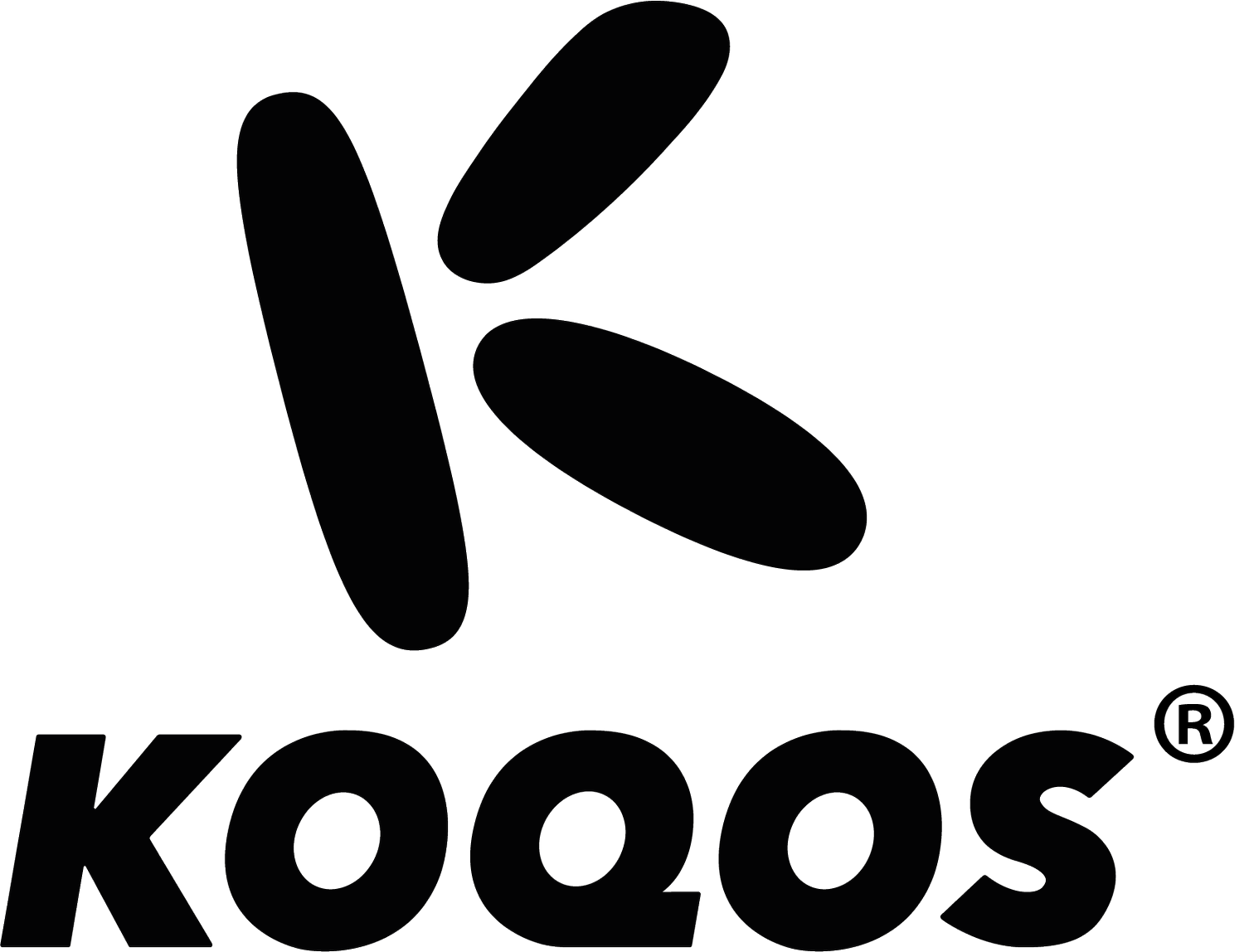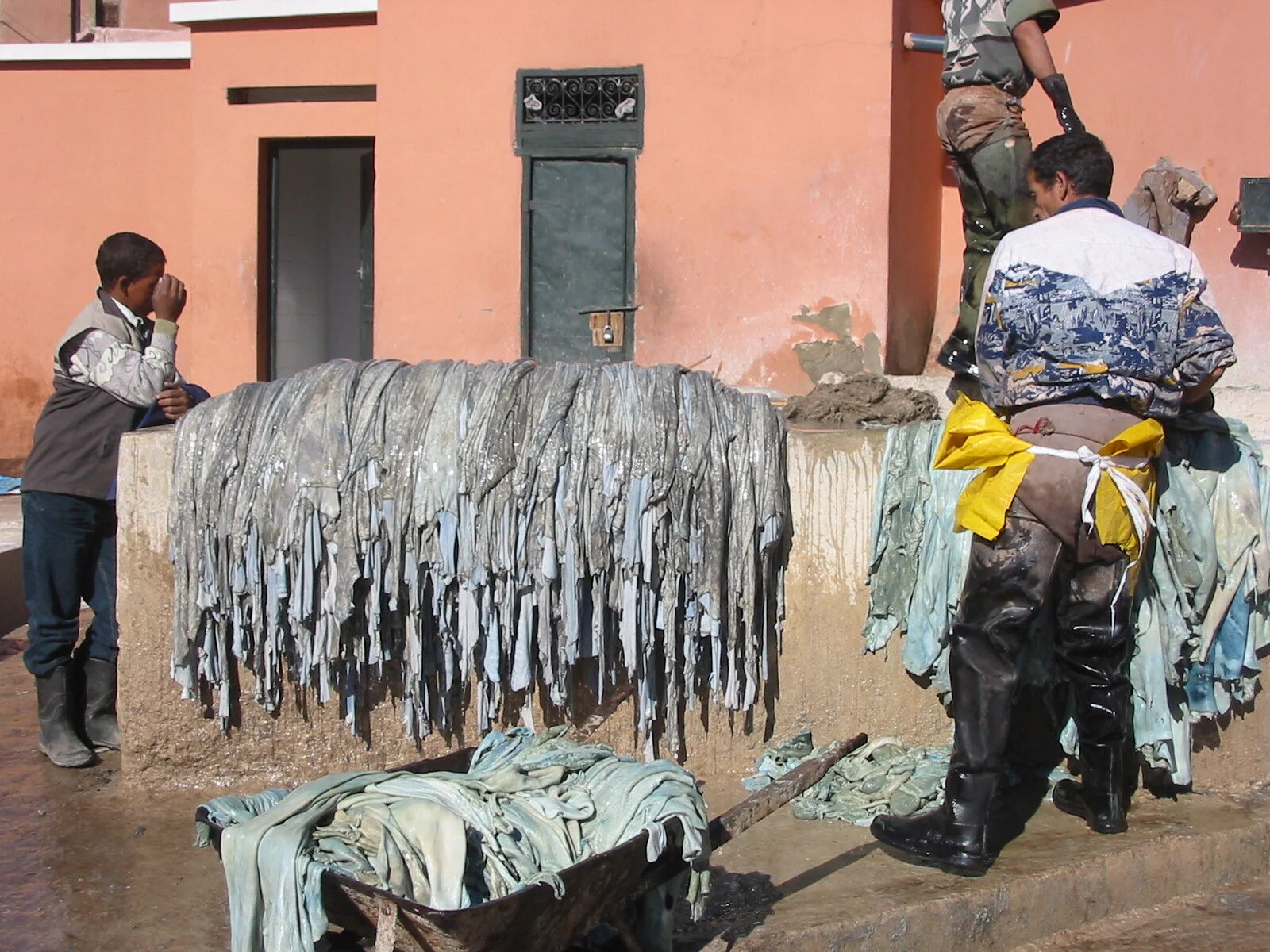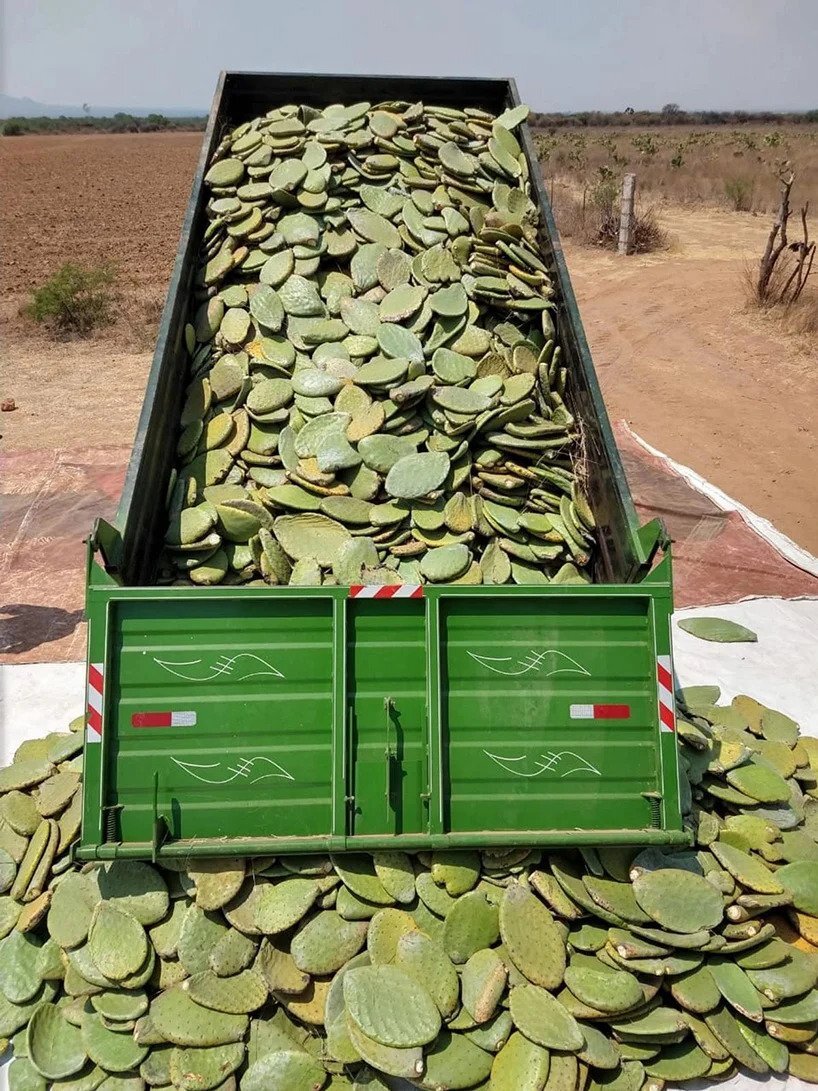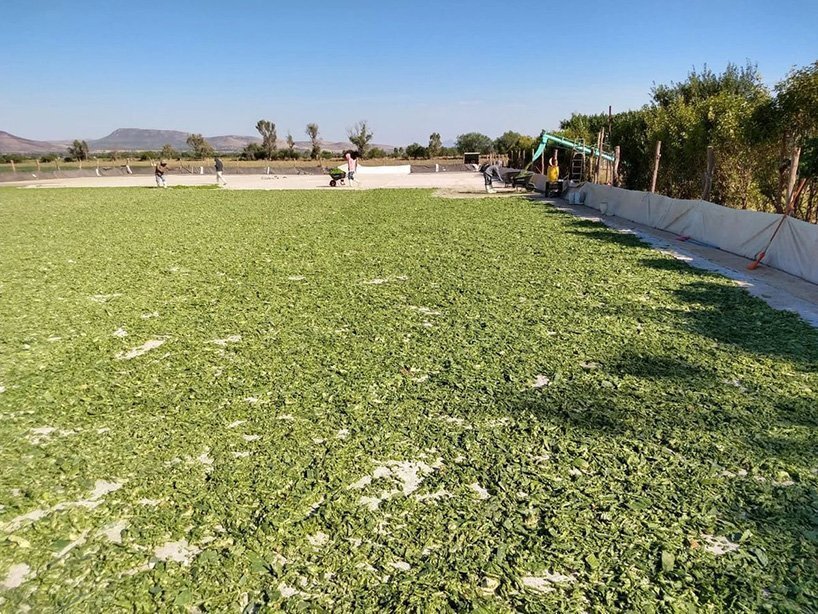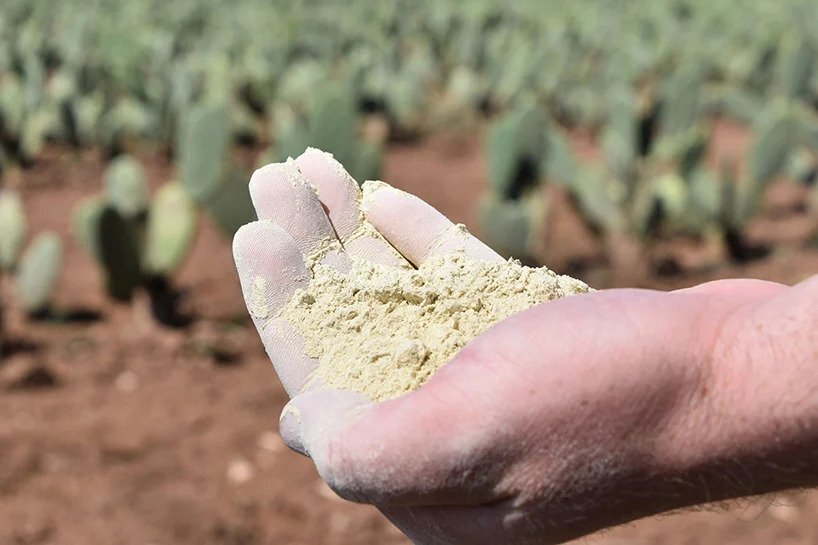Is Cactus our New Leather?
How two Mexican guys are trying to disrupt the leather industry with plant based leather made from cactus.
Leather is one of the most ancient fabrics used by humans. It is also one of the most used materials in all kinds of footwear. And while worldwide demand is always increasing, so is the concern for the material’s social and environmental impact. In addition to animal cruelty, it is known that cattle raising has severe environmental impacts such as deforestation, water and land use and greenhouse gas emissions. While some people try to brush leather of as a natural by-product of the meat industry that would have gone to waste otherwise, the reality is different. Leather is a very lucrative product that accounts for approximately 10% of the animal’s total value, making it the animal’s most valuable part pound for pound. Furthermore, leather is not the natural product it pretends to be. Leather is treated with all kinds of harsh chemicals to turn it into a product that doesn’t disintegrate in your closet, also making it practically non-biodegradable.
Animal Leather Processing
The search for sustainable leather alternatives for sneakers is on. The first wave of vegan leathers was still made with plastics and while this does lower the production impact by 67%, it still has its own problems due to the plastic contents. Fortunately, companies are now trying to make leathers made out of biomaterials. The company I discuss today has found a way to turn the cactus plant into leather!
Desserto
Desserto is a small company in Mexico that was founded by Adrian Lopez Velarde and Marte Cazarez. These guys previously worked in the furniture, automotive and fashion industry and were driven to develop a better alternative to leather and plastic faux leather. After a two year process of research and development, the company found a way to turn the cactus plant into leather. The nopal cactus contains a protein that allows them to create a paste that can be molded into leather goods. Desserto works with local formers in different ranches in Zacatecas and San Luis Potosi. The final product is said to have competitive features to animal or plastic leather, like durability, flexibility, breathability, touch and color. Desserto has been well received and was even a finalist in the LVMH Innovation Award 2020.
Why is Desserto Cactus Leather so sustainable?
So why is cactus leather so sustainable? First of all, the cultivation of cacti improves the biodiversity in the region. Most of the land that is used for cacti is too dry for any other plants to grow on. The cactus enriches the soil. Furthermore, compared with many other plant based materials, the cultivation of cacti offers huge water savings. No irrigation is necessary, as the cacti grow healthy with rain water and earth minerals found in the area. Also, no chemicals, like herbicides or pesticides, are used, resulting in more environmental preservation. In the process of harvesting, the cactus is left unharmed to enable repeated harvesting from the same plant. The harvesting process respects the cactus cycle where they select and cut only the mature leaves of the plant every six to eight months. After the leaves are cut, cleaned and mashed, they are dried in solarium to save energy.
Desserto also claims that there is no cross-industry conflict as the byproduct is directed to the food industry with increased value and the cultivation of cactus becomes more attractive. The farms Desserto is working with are also fully traceable and transparent to ensure sustainable social practices. And finally, cactus is a natural carbon sink with great carbon dioxide sequestering capacities.
As Desserto has the mission to make their vegan leather also accessible to small and medium sized companies, they try to have materials in stock that can be ordered with no minimum order quantities. As a student, I was also able to receive a range of sample materials free of costs! The look and feel of the material is impressive and it seems durable, as it doesn’t show any wear after scratching the surface. For a close look at the samples, see the photo’s I have taken below! I am really excited about this innovative plant based leather and I cannot wait to see what the future holds for the company. What do you think of cactus and other plant based leathers? Will they be able to fully replace animal and synthetic leathers eventually?
